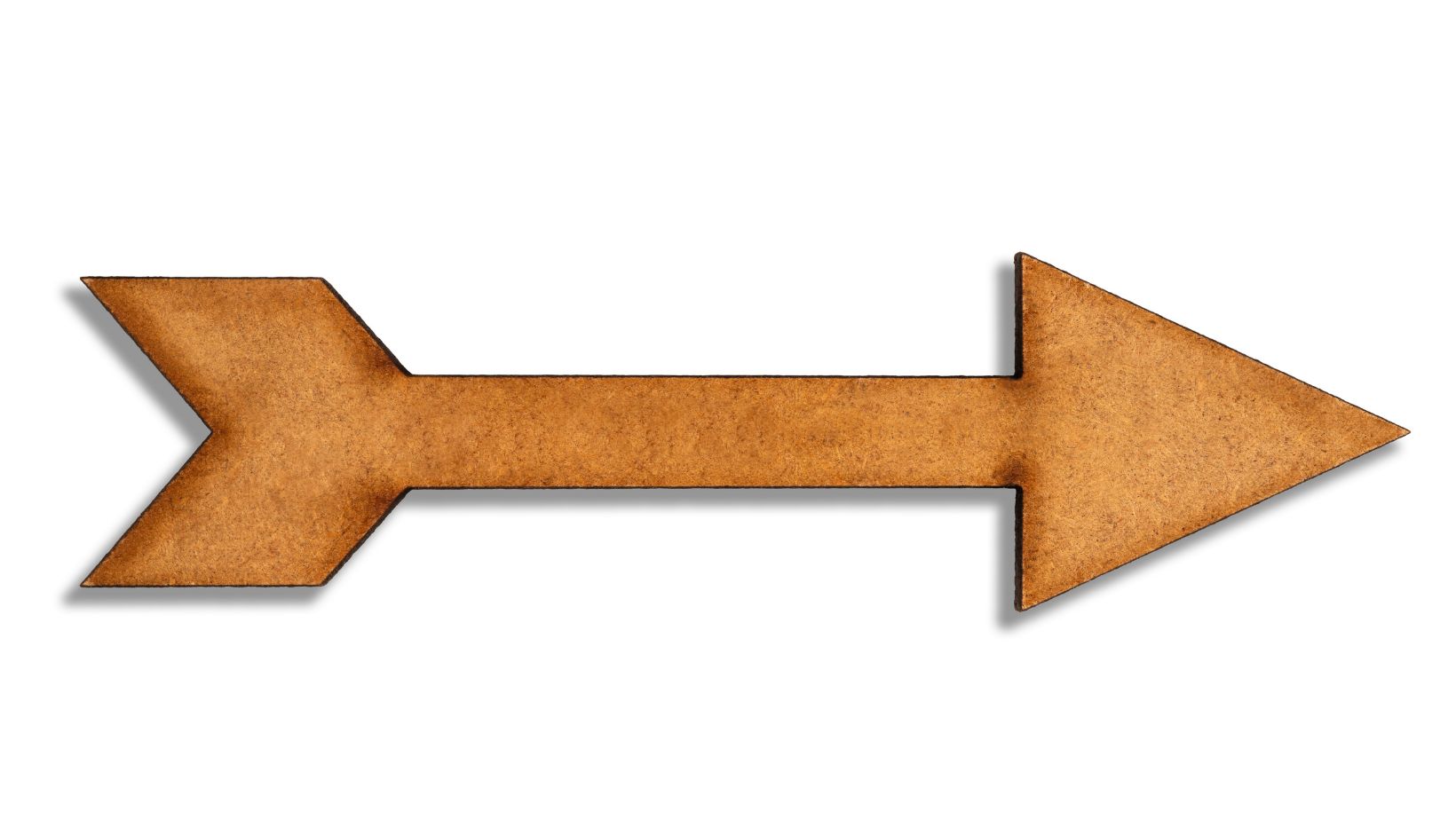Crafting arrows in the forest can be a valuable skill for survival and hunting. Whether you are an avid outdoors enthusiast or find yourself in a survival situation, knowing how to make your own arrows can greatly enhance your chances of success. In this article, I’ll share some essential tips and techniques for crafting arrows in the forest, using natural materials and simple tools. From selecting the right wood to constructing arrowheads, you’ll learn everything you need to know to become a skilled arrow crafter in the wilderness.
Constructing arrowheads is a crucial part of arrow crafting in the forest. The arrowhead determines the arrow’s ability to penetrate targets and deliver a clean kill. In this article, I’ll guide you through the process of creating arrowheads using natural materials found in the forest. From flint and obsidian to bone and antler, there are various options to choose from. By mastering the art of arrowhead crafting, you’ll be able to create deadly and efficient arrows for your hunting or survival needs.
Choosing The Right Wood
When it comes to crafting arrows in the forest, selecting the right wood is crucial for their effectiveness and durability. Here are some key considerations to keep in mind:
1. Straightness: Look for wood that is straight and free from any significant bends or twists. This will ensure that your arrows fly true and accurately hit their targets.
2. Density: Opt for wood with a good balance of strength and weight. Too light, and your arrows may lack the necessary power. Too heavy, and they may be difficult to shoot accurately. Some excellent choices include ash, cedar, and hickory.
3. Flexibility: It’s important to find wood that is flexible enough to withstand the force exerted when the bowstring is released. This flexibility will help the arrow fly straight and prevent it from breaking upon impact. Yew and bamboo are known for their flexibility and are popular choices among experienced arrow crafters.
4. Availability: Consider the availability of the wood in your local area. It’s important to choose wood that is easily accessible and abundant, ensuring a sustainable and responsible approach to arrow crafting.
Remember, it’s always best to gather wood from fallen or dead trees. This not only reduces the impact on live trees but also ensures that you’re using seasoned wood, which is less likely to warp or crack.
By carefully selecting the right wood for your arrows, you’ll be on your way to crafting high-quality and effective tools for survival and hunting in the forest.

How To Craft Arrows The Forest
After carefully selecting the wood for the shaft and crafting the arrowhead, it’s time to put all the pieces together and assemble the arrow. This step is crucial in ensuring that your arrow is sturdy, accurate, and effective. Here’s a step-by-step guide on how to assemble your arrow in the forest:
- Attach the Arrowhead: Take the arrowhead you’ve crafted and carefully attach it to the tapered end of the shaft. Use a strong adhesive or tie it securely with cordage. Make sure the arrowhead is aligned with the shaft to maintain accuracy.
- Secure the Fletchings: Fletchings, or feathers, play a vital role in stabilizing the arrow during flight. Choose three feathers of equal size and shape, preferably from a bird of prey or turkey. Apply a thin layer of adhesive to the base of each feather and evenly space them around the opposite end of the arrow from the arrowhead. Ensure that the feathers are angled slightly towards the arrowhead to promote stability.
- Bind the Fletchings: To secure the feathers in place, use a thin cordage or sinew to bind them tightly to the shaft. Start at the base of the feathers and wrap the cordage diagonally around the shaft, working your way towards the end. This will help keep the fletchings in position and prevent them from coming loose during use.
- Reinforce the Shaft: To add strength and durability to your arrow, consider reinforcing the shaft with a layer of sinew or cordage. Wrap the sinew tightly around the shaft, starting at the base of the fletchings and working towards the arrowhead. This will provide additional support and prevent the shaft from splitting upon impact.
- Finishing Touches: Finally, take the time to inspect your arrow for any imperfections or loose components. Trim any excess sinew or cordage, and ensure that all parts are securely fastened. Give the arrow a gentle flex to test its strength and make any necessary adjustments.
By following these steps, you’ll have a well-crafted arrow ready for use in the forest. Remember to practice responsible gathering practices and use sustainable materials whenever possible. With your assembled arrow in hand, you’ll be well-equipped for wilderness survival and hunting adventures.

